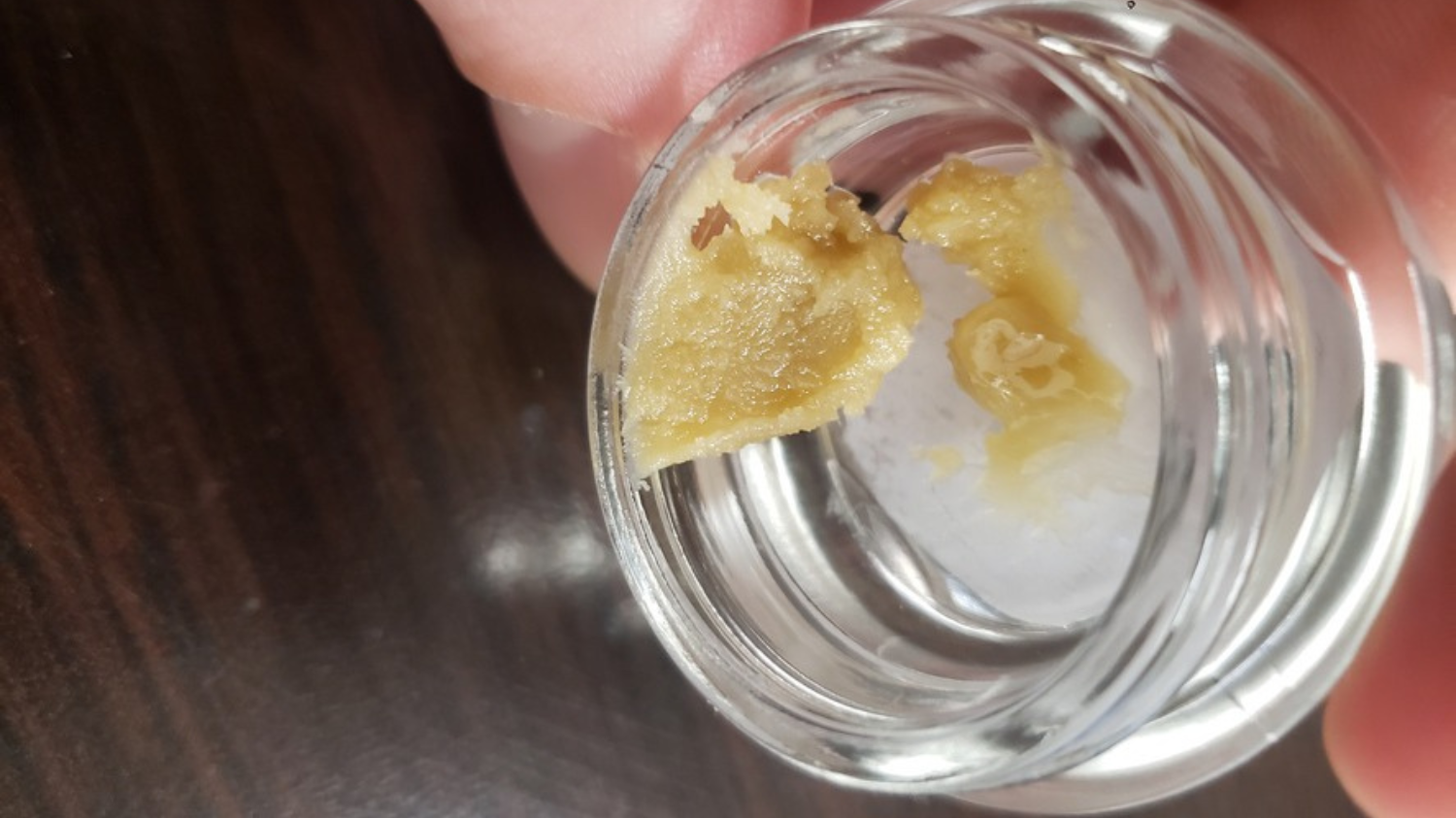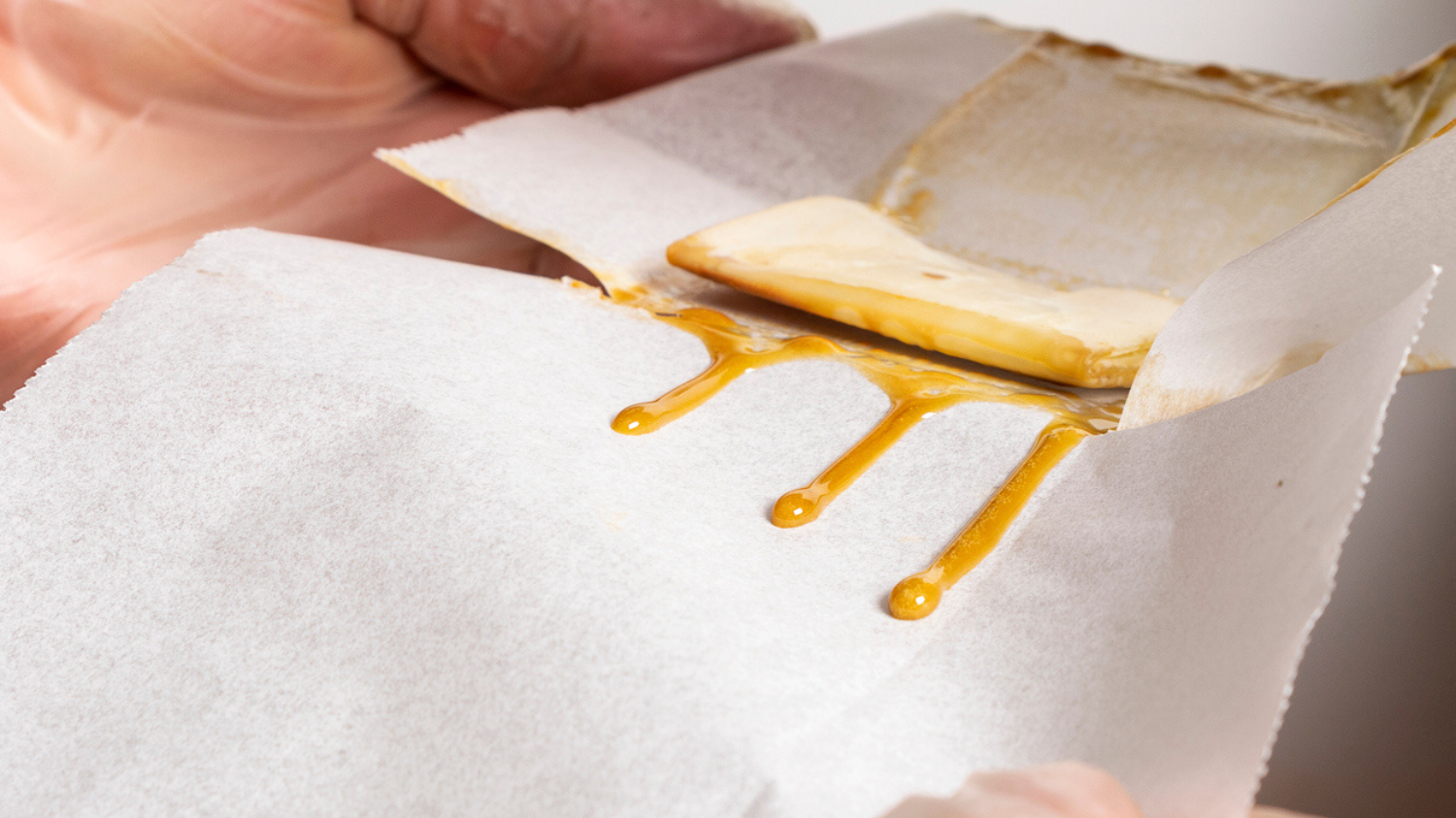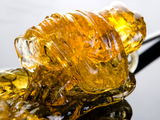Using the Rosin Press for Pure, Solventless Cannabis Extraction
Rosin is cannabis concentrate stripped down to its purest form – no solvents, no additives. Using only heat and pressure, this method unlocks the plant’s full potential to produce sap rich in cannabinoids and terpenes.
Perfect for home growers craving clean dabs or enthusiasts who look for flavor above all, rosin combines simplicity with control. Here’s how to press it, why it’s worth the effort, and what sets it apart from other extraction methods.
What Is Rosin?
Rosin is a solventless cannabis concentrate made by applying heat and pressure to cannabis flower, hash, or kief. This process bursts trichomes (the resin glands containing cannabinoids and terpenes), releasing a viscous, aromatic oil that’s collected and cured.
Key Types:
-
Flower Rosin: Pressed directly from cured or fresh-frozen flower. Affordable and accessible, but slightly less refined.
-
Hash Rosin: Made from ice water hash or dry sift. Higher purity and smoother than flower rosin, with a higher price tag.
-
Live Rosin: Uses fresh-frozen cannabis to preserve volatile terpenes. Known for its vibrant flavor and artisanal appeal.
What Is a Rosin Press?
A rosin press is designed to apply precise heat and pressure to cannabis material. Think of it as a high-tech sandwich press for weed. There are three main types:
-
Hydraulic Presses: Manual or hand-operated, ideal for hobbyists.
-
Pneumatic Presses: Air-powered, often used in commercial settings.
-
DIY Options: Hair straighteners or clamps (great for beginners on a budget).
How Rosin Pressing Works
-
Prepare your material: Use fresh, resinous flower, hash, or kief. To optimize resin flow, aim for 58-62% humidity (use humidity packs).
-
Press with precision: Fold material into parchment paper or a micron bag. Set plates to 180-220ºF and apply steady pressure (500-2,000psi) for 30-90 seconds.
-
Collect and cure: Scrape the rosin with a chilled dab tool. For optimal texture and flavor, cure rosin in an airtight container for 24–48 hours.
What’s the science behind this? Heat liquefies the trichomes, while pressure forces the oil out. No solvents, no post-processing. Just pure concentrate.
Why Choose Rosin

Purity
Rosin’s solventless nature means it skips the chemical middlemen used in methods like BHO or ethanol extraction. Unlike those processes (which require purging residual solvents that can linger in the final product), rosin has no risk of containing residual solvents.
It retains the plant’s full spectrum of cannabinoids, terpenes, and flavonoids, providing an experience that mirrors the original strain’s profile. For medical users or flavor purists, this purity is unbeatable. It’s clean, unadulterated concentrate.
Customization
Rosin pressing is as much an art as it is a science. You can create concentrates with different textures by adjusting variables like temperature, pressure, pressing time, and curing techniques. Using relatively lower heat can yield denser, more solid forms. Applying higher heat and adjusting pressure can produce softer, creamier extracts.
Speed
While BHO requires hours of purging and ethanol extraction demands days of evaporation, rosin is ready almost instantly. Press a nug at 200°F for 60 seconds, and you have dabbable concentrate.
Rosin pressing provides immediate gratification. This makes rosin ideal for small-batch artisans or home users who want to test a strain’s concentrate potential without a marathon extraction process.
Consumer Appeal
The cannabis market is shifting toward cleaner concentrates, with dispensaries highlighting solventless options as premium products. Rosin’s appeal isn’t just hype. Consumers know exactly what’s in it. Hash rosin and live rosin often command prices considerably higher than BHO.
Drawbacks
Lower Yields
Rosin typically yields less than solvent-based methods like BHO. Solvents like butane dissolve nearly all cannabinoids from the plant, while rosin relies on physical extraction. Only the ripe, resinous trichomes burst under pressure. Low-quality or dry flower can produce significantly less rosin.
Learning Curve
Even with great gear, mastering rosin takes trial and error. Too hot, and you’ll vaporize terpenes; too cool, and resin won’t flow. Uneven pressure can lead to wasted material – blowouts (where oil leaks from torn parchment) are common for beginners.
Additionally, not all strains press well. High-resin cultivars like GMO or Wedding Cake are best for this extraction method, while fluffy sativas (known for their airy structure and lower resin content) often yield less.
Scalability
Rosin pressing struggles to compete with solvent-based methods for bulk production. A commercial BHO setup can process pounds of biomass daily, while even high-end rosin presses max out at a few ounces per hour. For businesses, this limits rosin to a niche, high-end product.
Rosin vs. Other Methods
|
Factor |
Rosin |
Solvent-Based |
|
Purity |
Solventless, no residues |
Risk of solvent residues |
|
Production Speed |
Fast (minutes per batch) |
Slow (hours to days per batch) |
|
Safety |
Safer (no chemical solvents) |
Riskier (flammable solvents, pressure) |
|
Yield |
Lower |
Higher |
|
Cost |
Variable (can be lower due to simpler setup) |
Higher (equipment and operational costs) |

FAQ
Q: What is the difference between rosin and resin?
A: Rosin is extracted using heat and pressure without using solvents. Resin is often solvent-extracted from either fresh or cured cannabis.
Q: Can I use low-quality flower for rosin?
A: Technically, yes, but the results won’t be optimal. Frosty, fresh buds equals better rosin.
Q: Can rosin be used in edibles?
A: Yes, but it must be decarboxylated first to activate THC.
Q: Can I press cannabis twice?
A: You can, but the second press may not taste as good or be as potent.
Q: How do I store rosin?
A: Store it in an airtight container in a cool, dark place. For long-term storage, refrigerate it.
Q: What is the ideal temperature for flavor vs. yield?
A: Lower temps (160–180°F) preserve terpenes for flavorful rosin, while higher temps (200–220°F) boost yields but may sacrifice some aroma.
Q: What is the best pressure to use for pressing rosin?
A: Start with lower pressure and increase as needed to avoid blowouts.
Q: What is the difference between hot and cold rosin pressing?
A: Hot pressing is faster but may affect the flavor. Cold pressing takes longer but keeps those flavors intact.
Extracting Nature’s Best
Rosin pressing proves that sometimes, less truly is more. By stripping extraction down to heat and pressure, this method delivers a pure, terpene-rich concentrate that mirrors the cannabis plant’s natural profile.
Explore Popular Articles
How a Vac Oven Can Revolutionize Your Drying Process
In industries where precision drying is critical – such as pharmaceuticals, food processi...
Secrets to Mastering the Vacuum Purge: Process for Cleaner Extracts
Modern extraction systems pull out most solvents quickly, but those last traces demand careful...
Maintenance and Care 101: How to Prolong the Lifespan of Your Vacuum Oven
Vacuum ovens are indispensable in industries like pharmaceuticals, electronics, and cannabis process...




